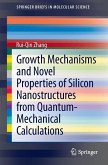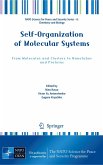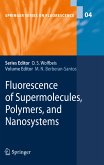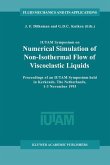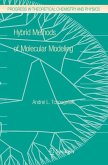This volume provides the reader with a survey of state-of-the-art theoretical and computational contributions featuring novel carbon systems (excluding nanotubes). The chapters are authored by leading researchers who are all actively involved with different aspects of carbon structure and property elucidation. Consequently, a variety of methods are presented to the reader. The editors have successfully compiled an informative book that:
Dieser Download kann aus rechtlichen Gründen nur mit Rechnungsadresse in A, B, BG, CY, CZ, D, DK, EW, E, FIN, F, GR, HR, H, IRL, I, LT, L, LR, M, NL, PL, P, R, S, SLO, SK ausgeliefert werden.
"A collection of separate studies, each looking at a different range of 'novel carbon system'. ... book will serve for many researchers as an excellent guide to what has already been done, and also highlights where there are still gaps. It will be equally at home on the desk of a starting PhD student as a more experienced researcher. I strongly recommend it for anyone with a general interest in materials physics, as well as the more focussed reader doing computer-based modelling of carbon-based materials." (Matt Probert, Contemporary Physics, June, 2013)



